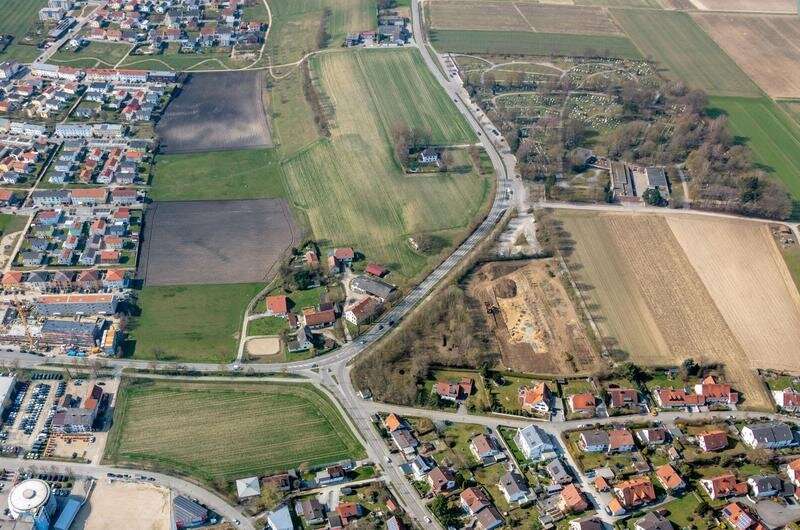'Hascherkeller' reveals its secrets

In the debate about the social structure of the Central European Early Iron Age, the "Herrenhof" plays a considerable role as the presumed seat of a high-status farmer. A rectangular farmstead of this type is the famous "Hascherkeller" on the northern outskirts of Landshut, which dates mainly from the early Hallstatt period. Here, in 1978, the first ever magnetic prospection was carried out on such an archaeological structure. The site became widely known because of its distinctive, complex appearance and the excavations conducted between 1978 and 1981 by Peter S. Wells, then assistant curator of European archaeology at Harvard University's Peabody Museum.
After four decades, an opportunity arose to resume excavations in areas then unexplored and bring them to a conclusion. This time, the excavations were carried out by staff members of the Department of Pre- and Early History, under the direction of Prof. Dr. Thomas Saile, as well as the Landshut city archaeologist Ms. Isabell Denk. About 15 people were involved, most of them students of Pre- and Early History, although students from other subjects, such as "Bodenkunde" or Physics, were also involved in the project. For Prof. Saile, the site under investigation was not unknown. He himself was a student when the first magnetic image of the site was presented—the find type of the Herrenhof was investigated here for the first time at that time.
The most important result of the recent fieldwork, completed in 2022, is the stratigraphic disentanglement of the numerous ditches. Initially, the Loess Terrace had been divided by a ditch running across the site, which had apparently been constructed before the Hallstatt complexes were built and may have been contemporaneous with Palisade farmstead A (see graphic). During the excavation it was revealed that the middle of the three rectangular farmsteads that had been assumed to exist on the site was not in fact present. In a later phase, the two sites were joined together by two connecting ditches. Finally, the ditch of enclosure B (see graphic) was also newly constructed. In addition, a similar double enclosure was discovered about 200 meters to the southwest.
About five kilometers to the northeast, a group of unconnected rectangular farmsteads was also recently magnetically surveyed. These are characterized by a larger number of long pits indicating former house sites.
"It has special charm when a department chair can carry out such an excavation," the professor of prehistory and early history said. "The advantage is that you can evaluate directly after the excavation and you know what you are looking for or what you have to look for. From this point of view, there are no dusty excavation reports and finds are merely deposited in the museum, but excavation finds can flow directly into scientific publications."
Provided by Universität Regensburg





















